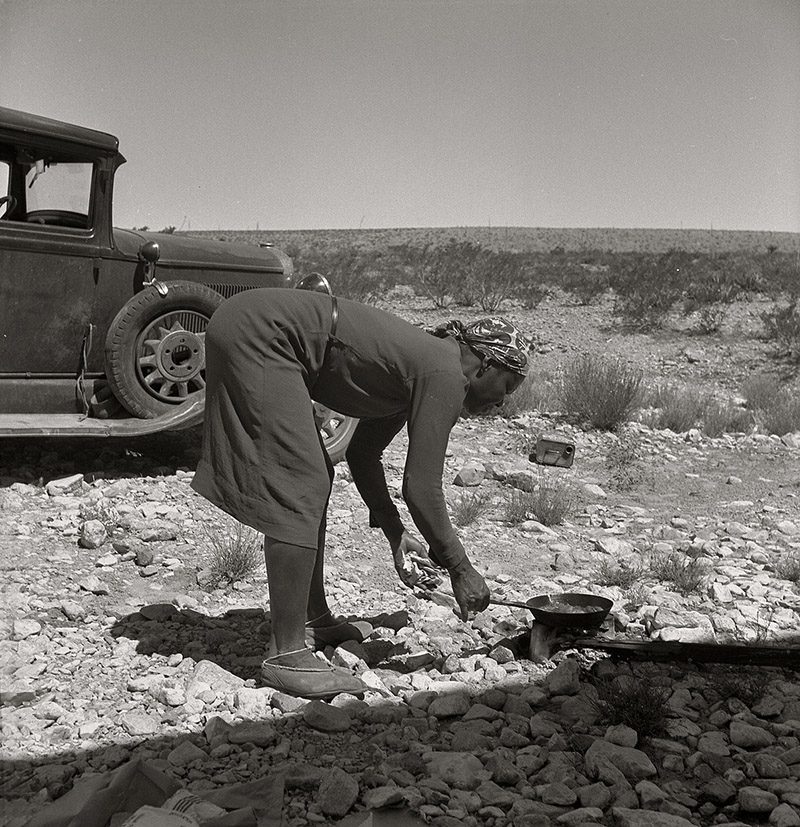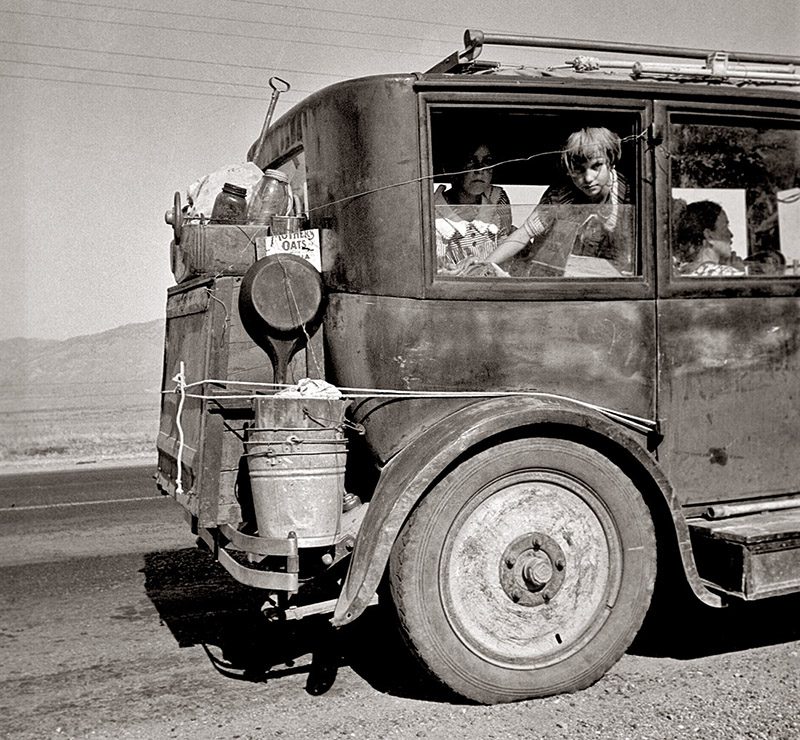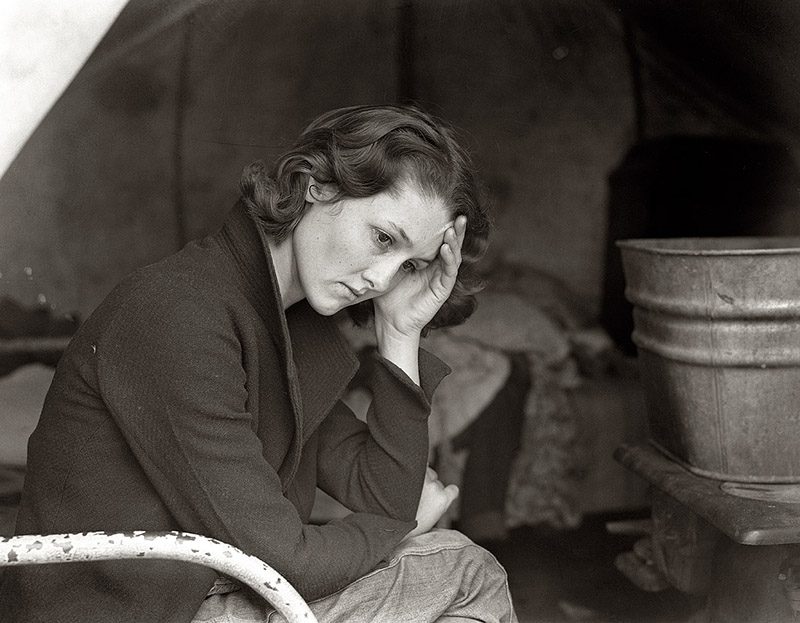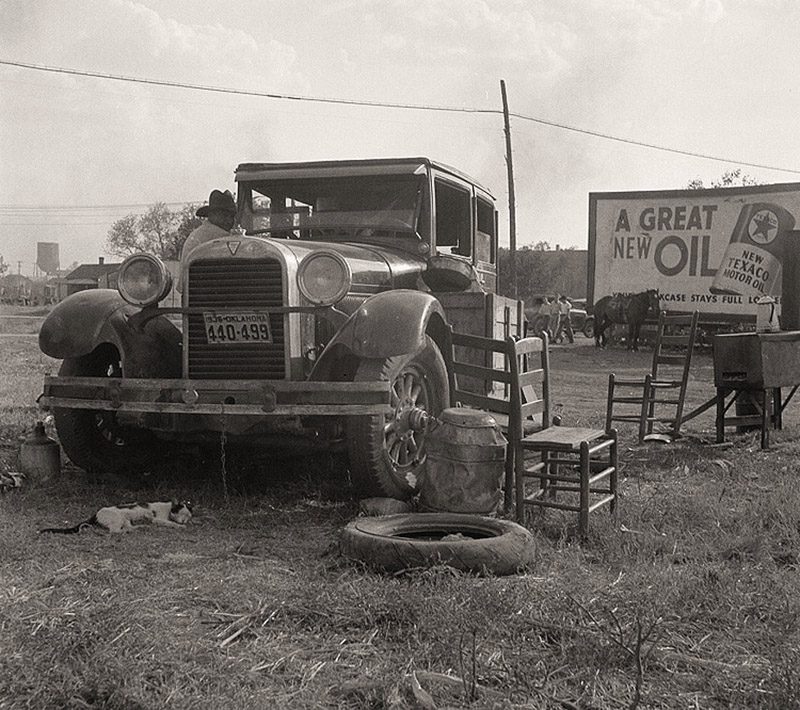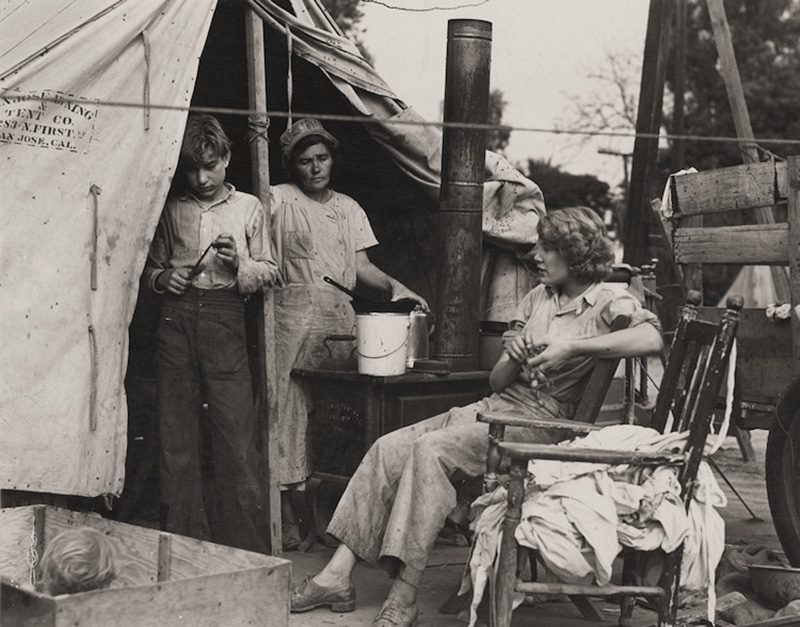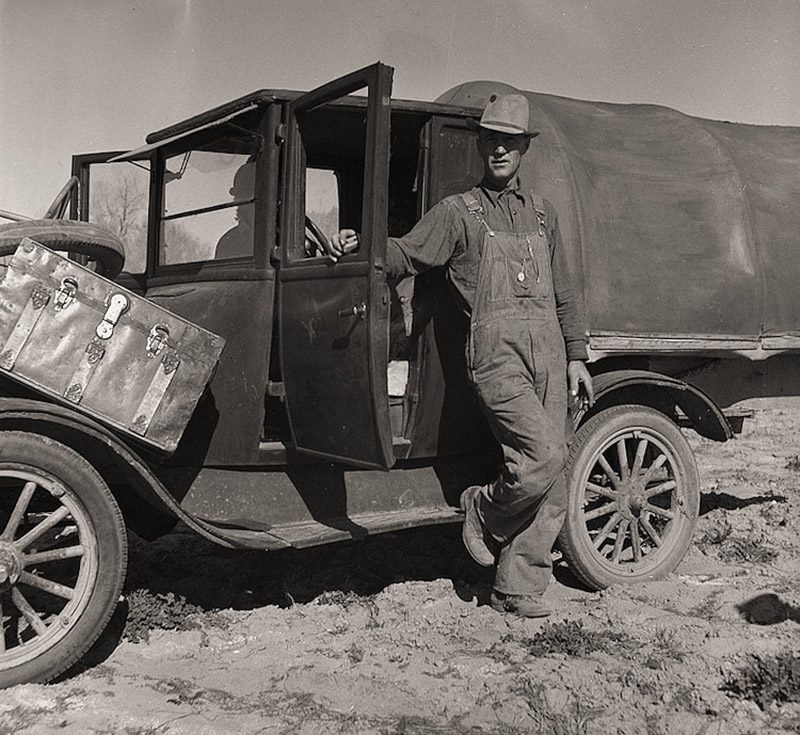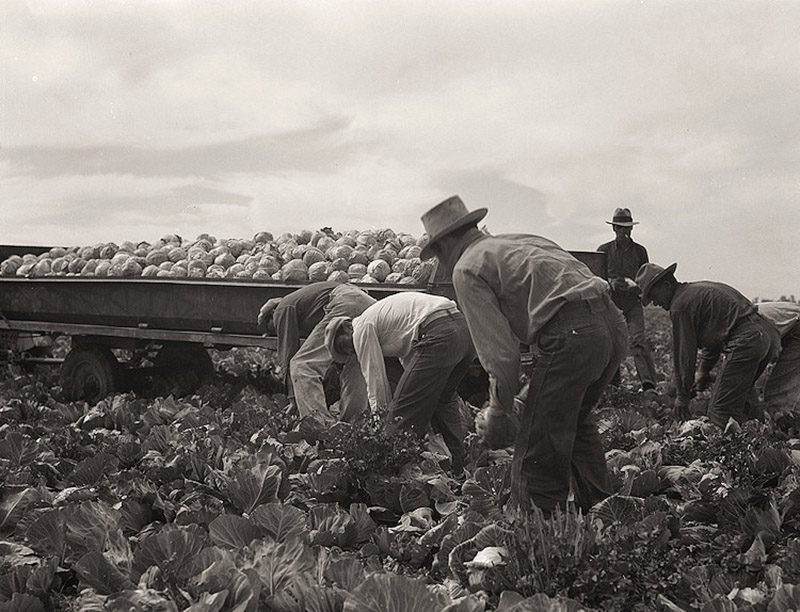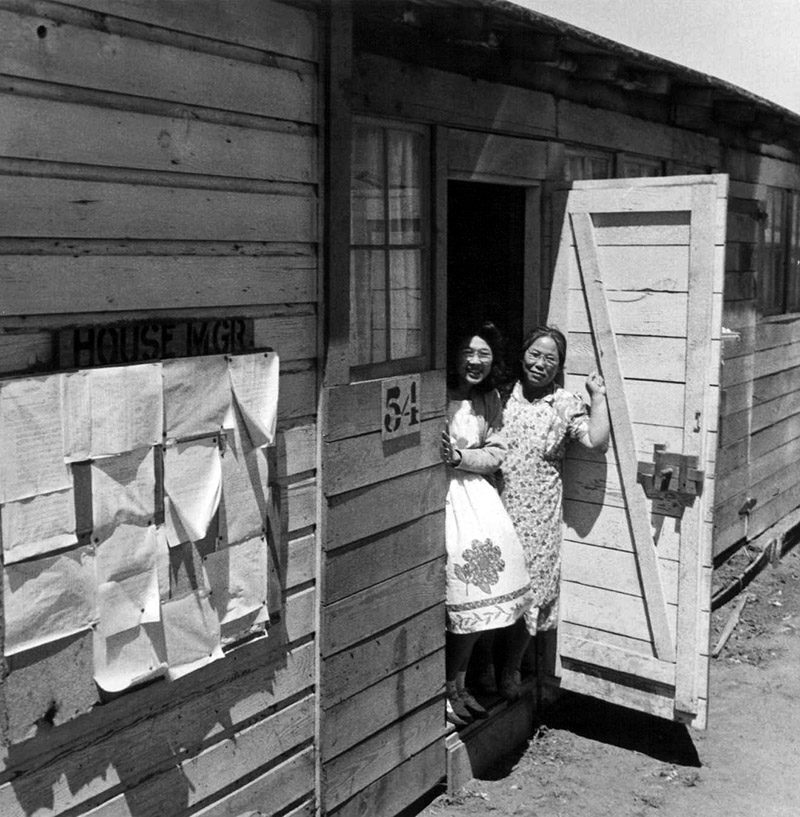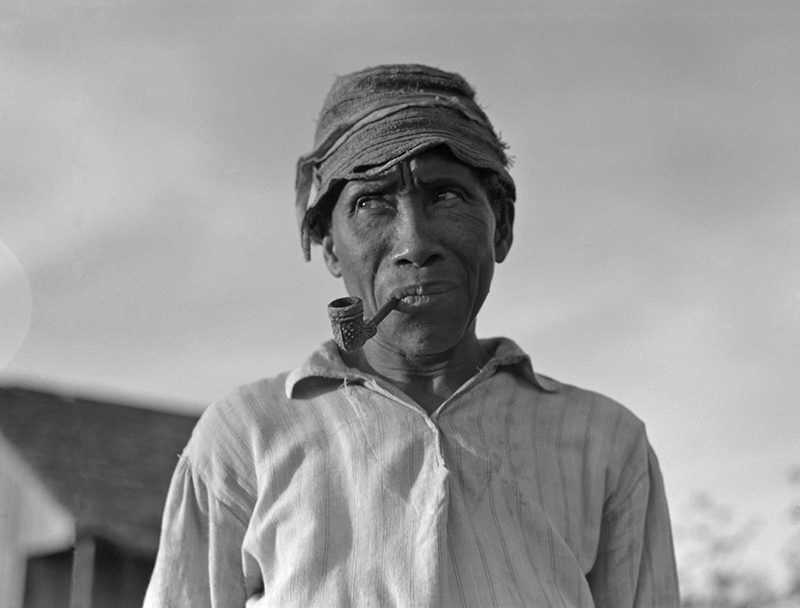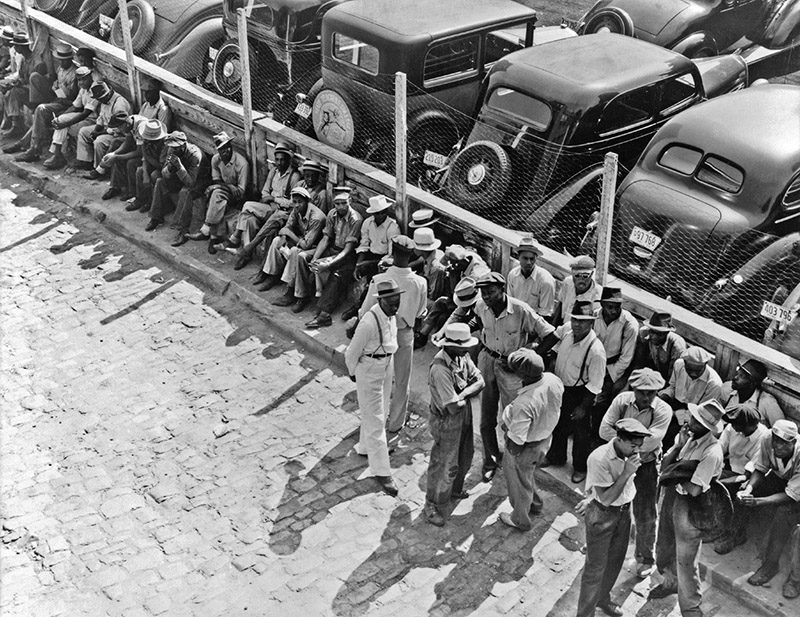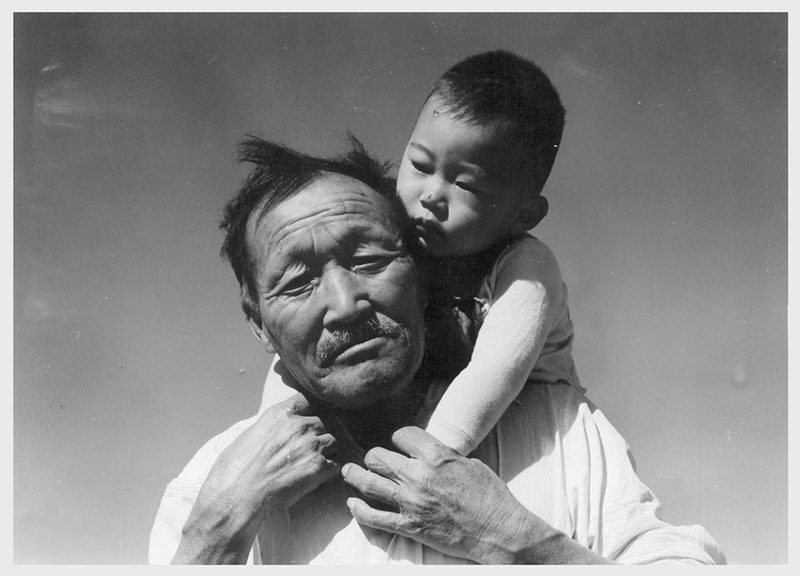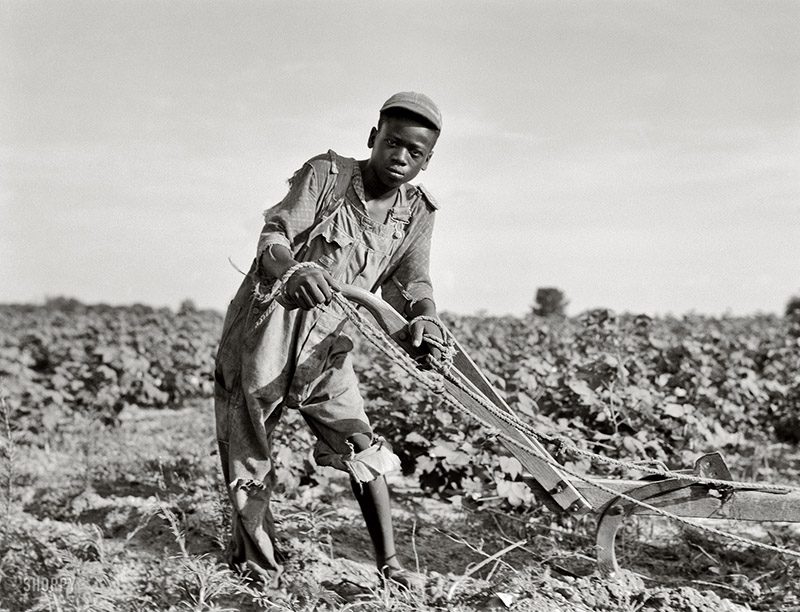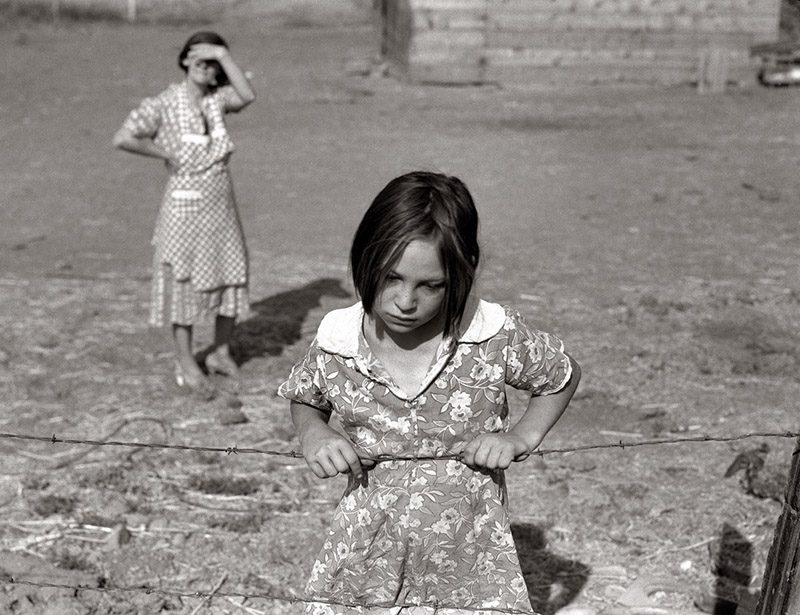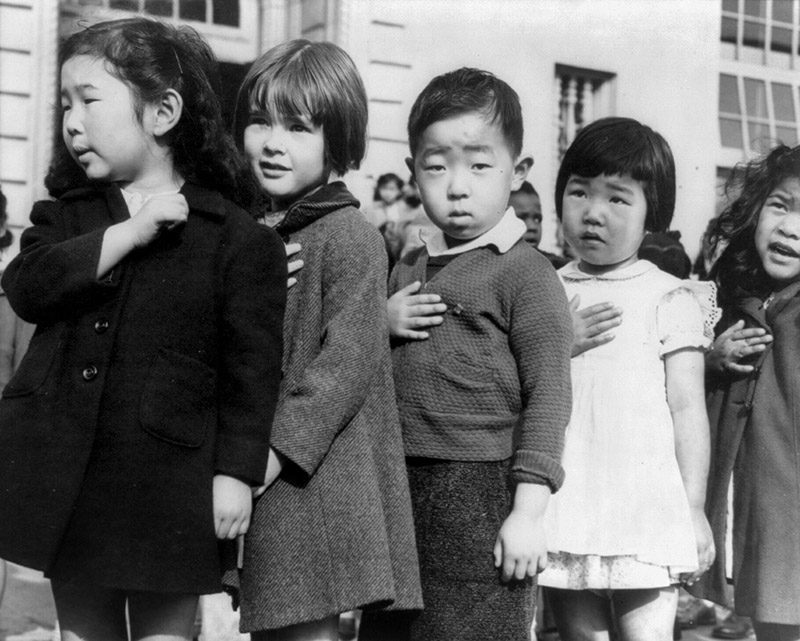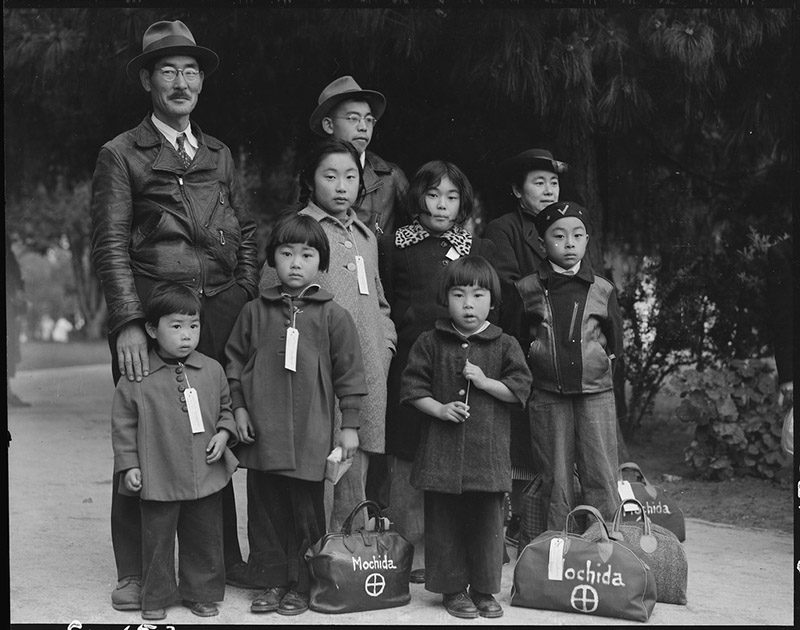PHOTO:Dorothea Lange
 Dorothea Lange (26/5/1895-11/10/1965) has been called one of America’s greatest documentary photographers. Her photographs of migrant farm workers and the rural poor are some of the most iconic images of the Great Depression’s impact on American society. Lange’s photographs do not just chronicle the poverty among farm workers, but also stand as testament to a federally funded effort to document and depict their situation.
Dorothea Lange (26/5/1895-11/10/1965) has been called one of America’s greatest documentary photographers. Her photographs of migrant farm workers and the rural poor are some of the most iconic images of the Great Depression’s impact on American society. Lange’s photographs do not just chronicle the poverty among farm workers, but also stand as testament to a federally funded effort to document and depict their situation.
By Efi Michalarou
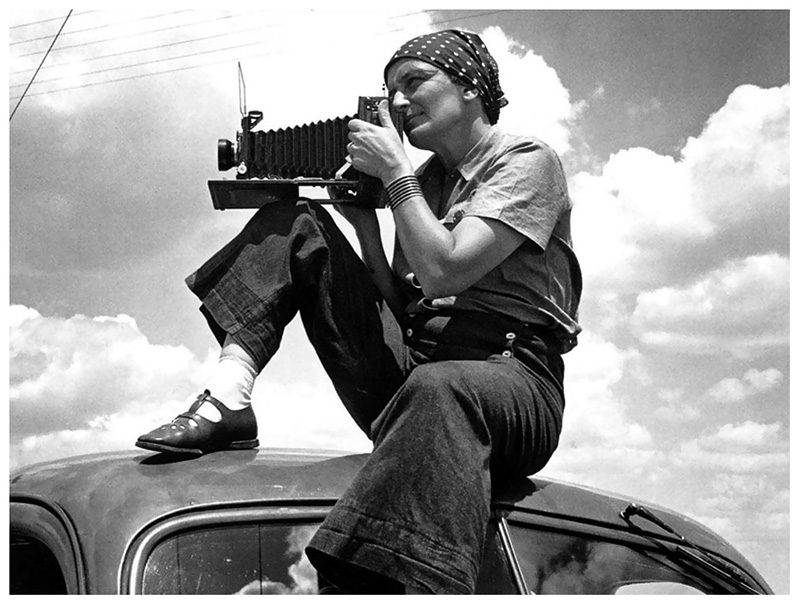 Born of second generation German immigrants Dorothea Lange was named Dorothea Margaretta Nutzhorn at birth. She dropped her middle name and assumed her mother’s maiden name after her father abandoned the family when she was 12 years old, one of two traumatic incidents early in her life. The other was her contraction of polio at age seven which left her with a weakened right leg and a permanent limp.Lange studied photography at Columbia University in New York City under Clarence H. White, a member of the Photo-Secession group. In 1918 she decided to travel around the world, earning money as she went by selling her photographs. Her money ran out by the time she got to San Francisco, so she settled there and obtained a job in a photography studio. During the Great Depression, Lange began to photograph the unemployed men who wandered the streets of San Francisco. Pictures such as “White Angel Breadline” (1932), showing the desperate condition of these men, were publicly exhibited and received immediate recognition both from the public and from other photographers, especially members of of Group f.64. These photographs also led to a commission in 1935 from the Farm Security Administration (FSA), established by the U.S. Agriculture Department, hoped that Lange’s powerful images would bring the conditions of the rural poor to the public’s attention. Her photographs of migrant workers, with whom she lived for some time, were often presented with captions featuring the words of the workers themselves. FSA director Roy Styker considered her most famous portrait, “Migrant Mother, Nipomo, California” (1936), to be the iconic representation of the agency’s agenda. Lange’s first exhibition was held in 1934, and thereafter her reputation as a skilled documentary photographer was firmly established. In 1939 she published a collection of her photographs in the book “An American Exodus: A Record of Human Erosion”. Two years later she received a Guggenheim fellowship, and in 1942 she recorded the mass evacuation of Japanese Americans to detention camps after Japan’s attack on Pearl Harbor. Her images were so obviously critical that the Army impounded most of them, and they were not seen publicly for more than 50 years. That work was celebrated in 2006 with the publication “Dorothea Lange and the Censored Images of Japanese American Internment. In 1953–54 Lange worked with Edward Steichen on “The Family of Man”, an exhibition organized by MoMA in New York in 1955. Steichen included several of her photographs in the show. Over the next 10 years she traveled the world, photographically documenting countries throughout Asia, notably South Asia, the Middle East, and South America. Dorothea Lange died of esophageal cancer in 1965. Though other FSA photographers went on to commercial careers, she remained a documentarian to the end, hoping that “By looking more closely at ourselves, we would come to understand ourselves”. In an interview before her death, she summarized the essence of a photograph, as “An act of love. That’s the deepest thing behind it, The audience, the recipient of it, gives that back”.
Born of second generation German immigrants Dorothea Lange was named Dorothea Margaretta Nutzhorn at birth. She dropped her middle name and assumed her mother’s maiden name after her father abandoned the family when she was 12 years old, one of two traumatic incidents early in her life. The other was her contraction of polio at age seven which left her with a weakened right leg and a permanent limp.Lange studied photography at Columbia University in New York City under Clarence H. White, a member of the Photo-Secession group. In 1918 she decided to travel around the world, earning money as she went by selling her photographs. Her money ran out by the time she got to San Francisco, so she settled there and obtained a job in a photography studio. During the Great Depression, Lange began to photograph the unemployed men who wandered the streets of San Francisco. Pictures such as “White Angel Breadline” (1932), showing the desperate condition of these men, were publicly exhibited and received immediate recognition both from the public and from other photographers, especially members of of Group f.64. These photographs also led to a commission in 1935 from the Farm Security Administration (FSA), established by the U.S. Agriculture Department, hoped that Lange’s powerful images would bring the conditions of the rural poor to the public’s attention. Her photographs of migrant workers, with whom she lived for some time, were often presented with captions featuring the words of the workers themselves. FSA director Roy Styker considered her most famous portrait, “Migrant Mother, Nipomo, California” (1936), to be the iconic representation of the agency’s agenda. Lange’s first exhibition was held in 1934, and thereafter her reputation as a skilled documentary photographer was firmly established. In 1939 she published a collection of her photographs in the book “An American Exodus: A Record of Human Erosion”. Two years later she received a Guggenheim fellowship, and in 1942 she recorded the mass evacuation of Japanese Americans to detention camps after Japan’s attack on Pearl Harbor. Her images were so obviously critical that the Army impounded most of them, and they were not seen publicly for more than 50 years. That work was celebrated in 2006 with the publication “Dorothea Lange and the Censored Images of Japanese American Internment. In 1953–54 Lange worked with Edward Steichen on “The Family of Man”, an exhibition organized by MoMA in New York in 1955. Steichen included several of her photographs in the show. Over the next 10 years she traveled the world, photographically documenting countries throughout Asia, notably South Asia, the Middle East, and South America. Dorothea Lange died of esophageal cancer in 1965. Though other FSA photographers went on to commercial careers, she remained a documentarian to the end, hoping that “By looking more closely at ourselves, we would come to understand ourselves”. In an interview before her death, she summarized the essence of a photograph, as “An act of love. That’s the deepest thing behind it, The audience, the recipient of it, gives that back”.

